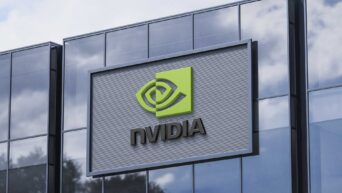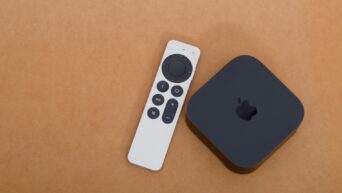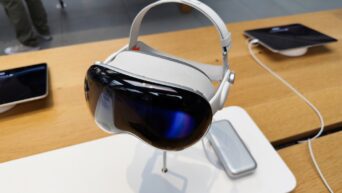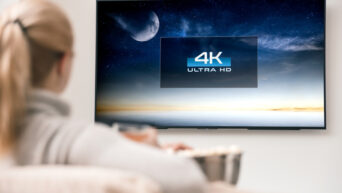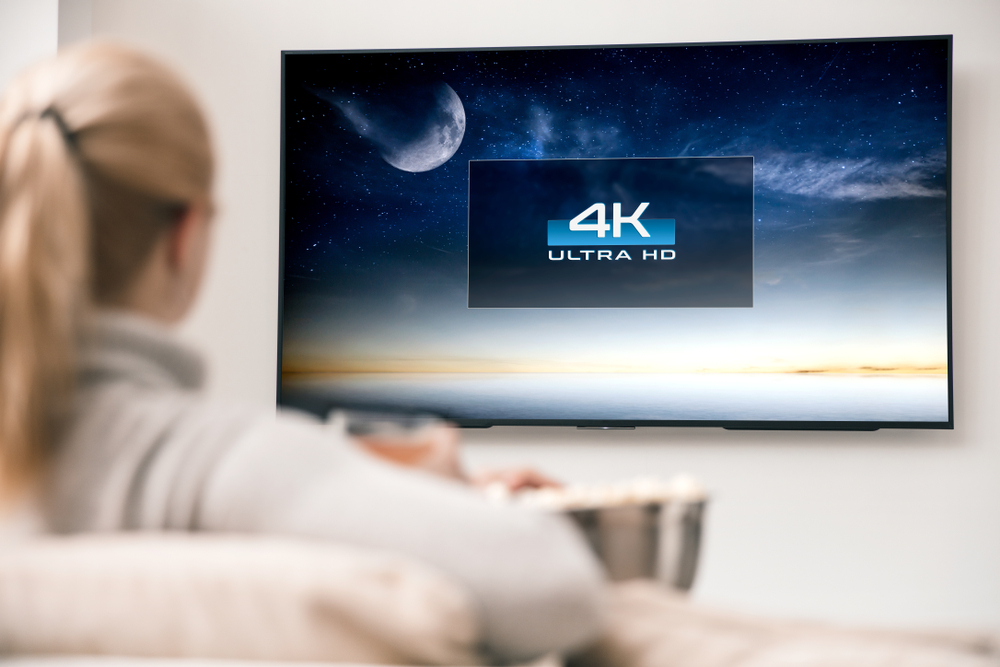A shiny new ultra–high–definition television can be hard to resist. With its sleek design and crisp visuals, a 4K or 8K TV seems like the ultimate upgrade for your living room. But according to new research, it might not actually be worth the splurge.
Scientists from the University of Cambridge and Meta Reality Labs have found that most people can’t even see the extra detail these ultra–high–resolution screens promise. In fact, for the average viewer, spending hundreds (or even thousands) more for a 4K or 8K display might make no visible difference at all.
The human eye has a limit
Our eyes, like our TVs, have a resolution limit — the maximum amount of detail we can actually see. Beyond that point, extra pixels don’t make things look sharper. The study, published in Nature Communications, explored this by testing how many pixels per degree (PPD) the human eye can distinguish.
Participants were shown finely detailed patterns while researchers adjusted the distance of the screen. The results? Even though the eye’s resolution was slightly better than scientists once thought, it still fell far short of what would justify buying a pricier, higher–resolution screen.
Dr. Maliha Ashraf, the study’s lead author, explained that for most people, upgrading beyond 4K just isn’t worth it. “Once you sit at a normal distance, your eyes can’t actually see the extra detail that 8K provides,” she said. In simple terms: if you’re sitting on your sofa watching Netflix from a few metres away, your eyes can’t tell whether you’re looking at a 4K or 8K image.
The distance dilemma
The benefits of 4K or 8K resolution depend heavily on how big your TV is and how close you sit to it. In a typical UK living room, where the sofa is about 2.5 metres from the screen, even a 44–inch 4K TV looks no different from a cheaper Quad HD (2K) version of the same size.
If you’re sitting three metres away, a standard Full HD (1080p) TV will be perfectly fine for most people. You’d need a huge 60–inch screen before you’d even start to notice the difference between 2K and 4K. And unless your living room feels more like a cinema, 8K is almost certainly overkill.
Here’s a quick guide based on the researchers’ recommendations:
-
32–inch TV: Best viewed from around 2 metres (7 feet)
-
40–43 inch TV: About 2.5 metres (8 feet)
-
48–50 inch TV: Roughly 2.7 to 3 metres (9–10 feet)
-
55 inch TV: 3.4 to 3.7 metres (11–12 feet)
-
65 inch TV or bigger: Sit at least 4 metres (13 feet) away
If you’re farther back than these distances, you won’t gain anything by paying for more pixels — your eyes just can’t tell the difference.
When 8K does make sense
There are a few exceptions. If you sit very close to your screen — say, working on a professional monitor or editing high–resolution images — 8K can make a difference. The closer you are, the more of those extra pixels you can actually appreciate. But once you move even two metres away, you’d need an enormous 100–inch display to make 8K worthwhile.
The myth about sitting too close
And what about that age–old warning from parents — that sitting too close to the TV will ruin your eyes? According to eye specialist Dr. Ethan Stern, that’s just a myth. Sitting close to the screen won’t damage your eyesight, though it might cause eye fatigue if you’re farsighted and not wearing the right glasses.
So what should you buy?
For most homes, a good 2K or 4K television is all you’ll ever need. A 4K TV is already sharper than what 95% of people can actually see, so there’s no need to splash out on 8K unless you’ve got a truly massive setup or plan to watch from an unusually close distance.
The takeaway? Before you empty your wallet for a cutting–edge 8K display, consider how far you’ll be sitting — and what your eyes can really perceive. Sometimes, the best view comes not from more pixels, but from finding the perfect balance between screen size, distance, and common sense.




